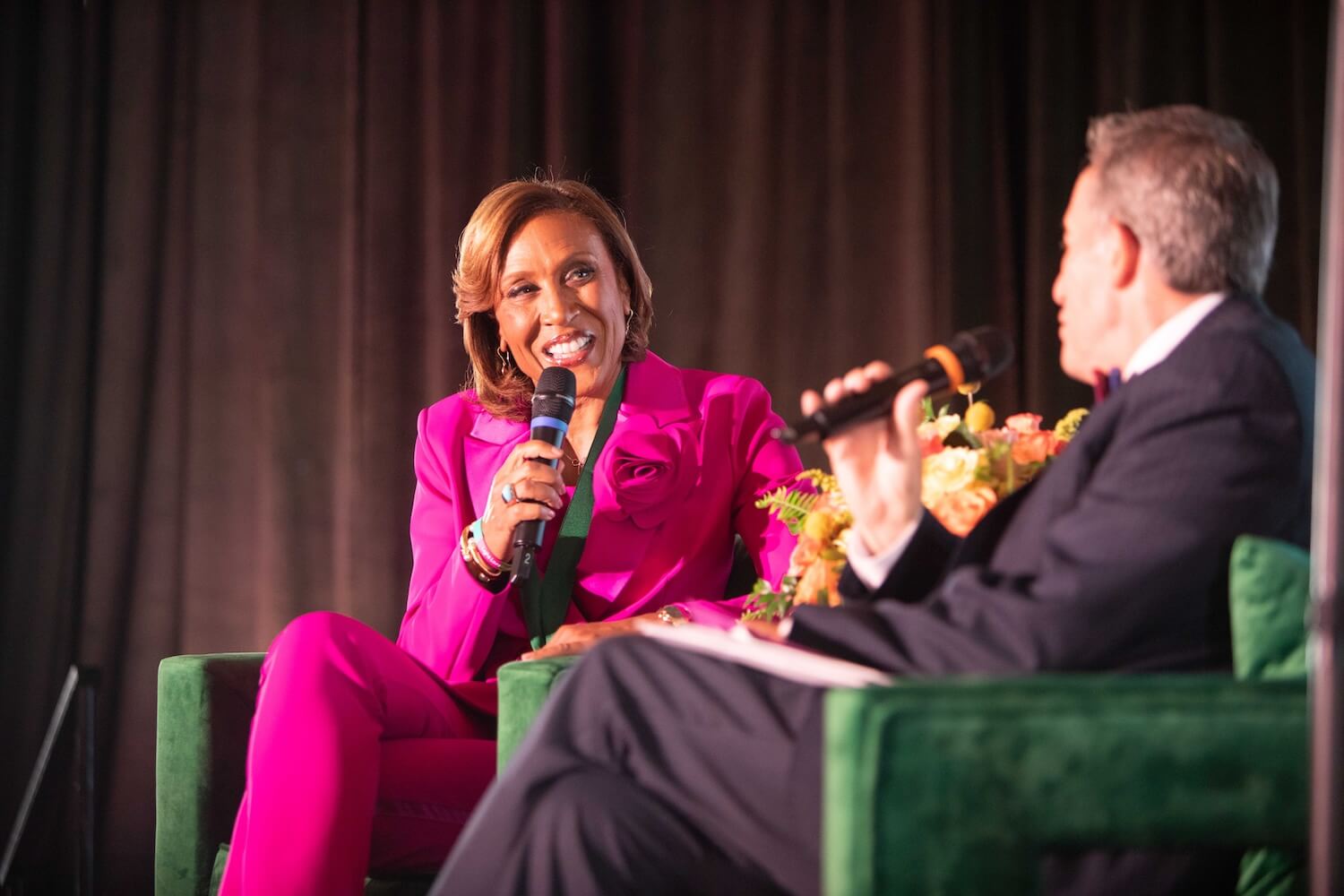Poynter is a resource for journalists around the world. Many of them — publishers, editors, reporters and designers — visit the site for an update on the latest media news. Some are college and university journalism professors and their students, and some are simply readers interested in the workings of our profession.
For all of them, today is a significant day: a moment of change as a new year starts, one that brings a new look for poynter.org. It heralds a new way of navigating the stories of the day with improved labeling of topics as well as new content that allows for lean-forward and lean-back reading experiences.
It’s no secret that many users come to websites via social media, and Poynter.org is no exception. With this new look and philosophy for the presentation of stories, our aim is to make the site so appealing that those who come in search of one article will stay for two or maybe three. In doing so, Poynter is leading by example, since, as we know, retaining new visitors is one of the many difficult challenges facing newsrooms.
Instead of a list of headlines that may overwhelm the casual reader, the new website relies on a few curated items at the top that truly represent the most important stories of the day. The first 10-second impression for users will be one that combines visual appeal with a sense of hierarchical importance for the fewer, but more important, items on that home screen.
Lean-forward experiences will come via such new features such as the Coffee Break Course — a two-minute course from News University that will provide a quick, but robust, set of tips on specific topics. Those interested in a lean-back experience have the opportunity to sign up for a full course.
We are also aware that time is of the essence, and media practitioners are bombarded with plenty of consequential stories to read every day. That is why we have included a “what to read next” feature that offers suggestions for additional stories of interest at the end of each article page.
No matter which platform a user is consuming information in, the results will be visually similar and familiar, since this is a responsive design site.
Visually, users will notice some stylistic details designed to make the site more attractive. It all starts with a refreshed and more elegant version of the Poynter logo by Roger Black, who was involved with the García Media design team in the creation of a type palette that centers on Font Bureau’s extensive Poynter Oldstyle family. Our goal was to update Poynter’s typographic legacy to work across a growing variety of screens and printed material.
Throughout the process, we at García Media worked closely with Tim Franklin, Poynter’s president, as well as Seth Liss, editor of the website. The art director for García Media was Reed Reibstein, who is now senior user experience and product designer at American City Business Journals.
“The goals for García Media’s collaboration with Poynter were for the site to work across all devices, from desktop to mobile; to feature a more vibrant look and feel; and to showcase the many facets of Poynter—in-person training at the Institute, e-learning at NewsU., Poynter’s long history, and, of course, its coverage of the media industry,” Reed said.
We hope that you will find your visit to poynter.org a more pleasant one. While you may come to read one article, our hope is that you will stay for more. Better yet, we aim to have you visit the site several times a day, sometimes for a quick lean-forward moment, or for a lean-back experience. While the look and feel may have changed, the essence of Poynter and the uniqueness of its content offerings and insightful storytelling remain the same.
As someone who has been a part of the Poynter experience almost since its beginnings and is currently on the Poynter Foundation Board, collaborating on this project has been special. I can see how the website you see today reflects all that has made Poynter a special place for learning and ushering in new storytelling strategies that are part of how we consume news and information today.
Please read our frequently asked questions and Let us know what you think after you’ve had a chance to check the new website.






